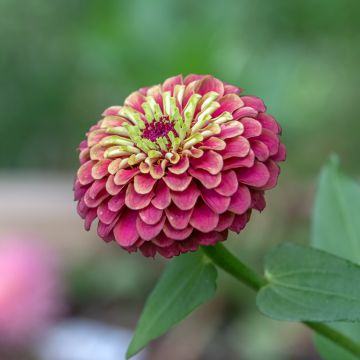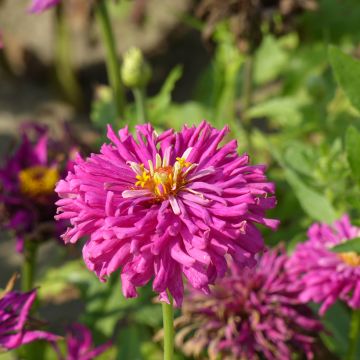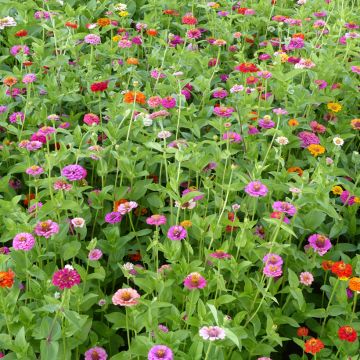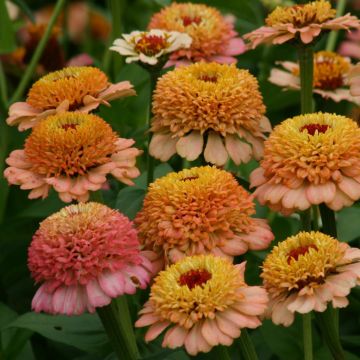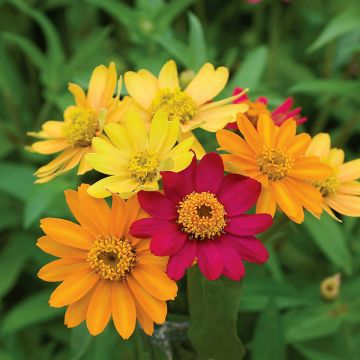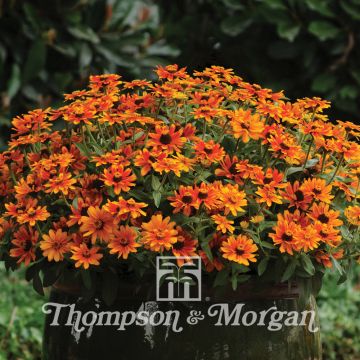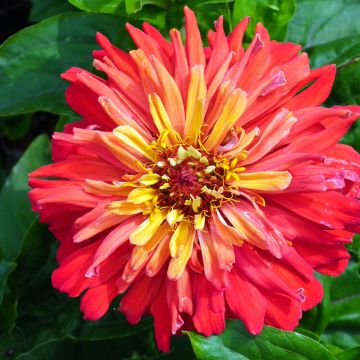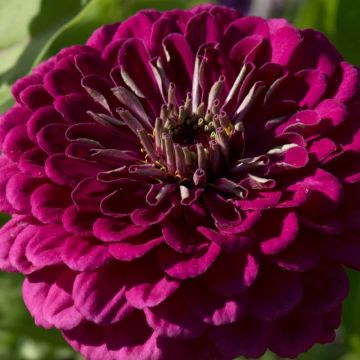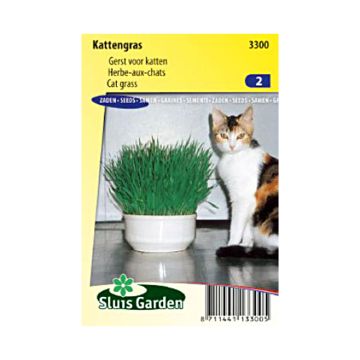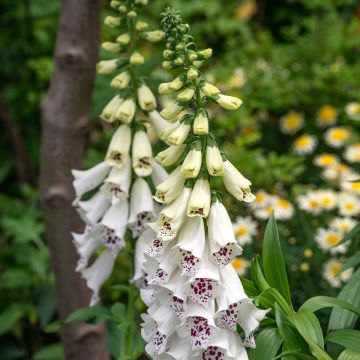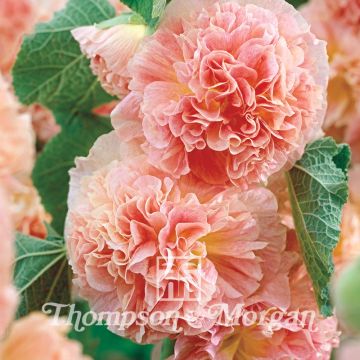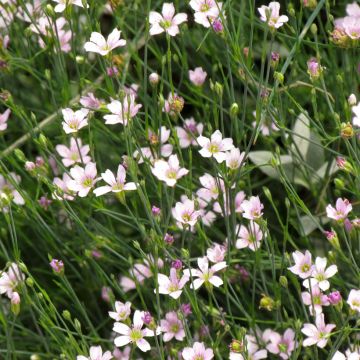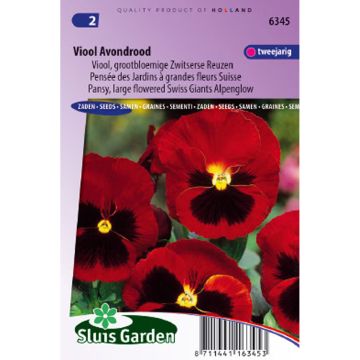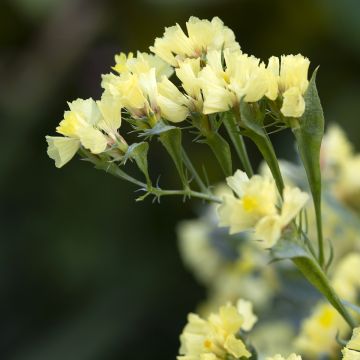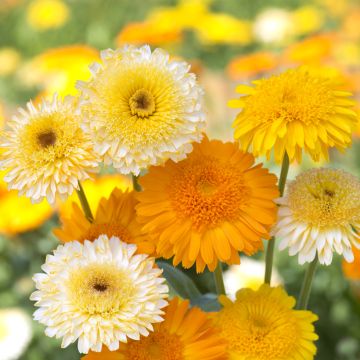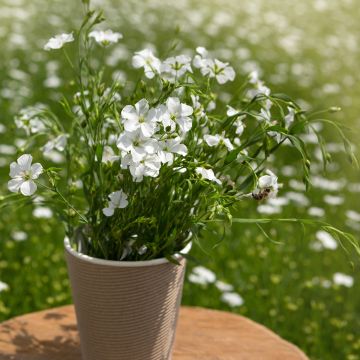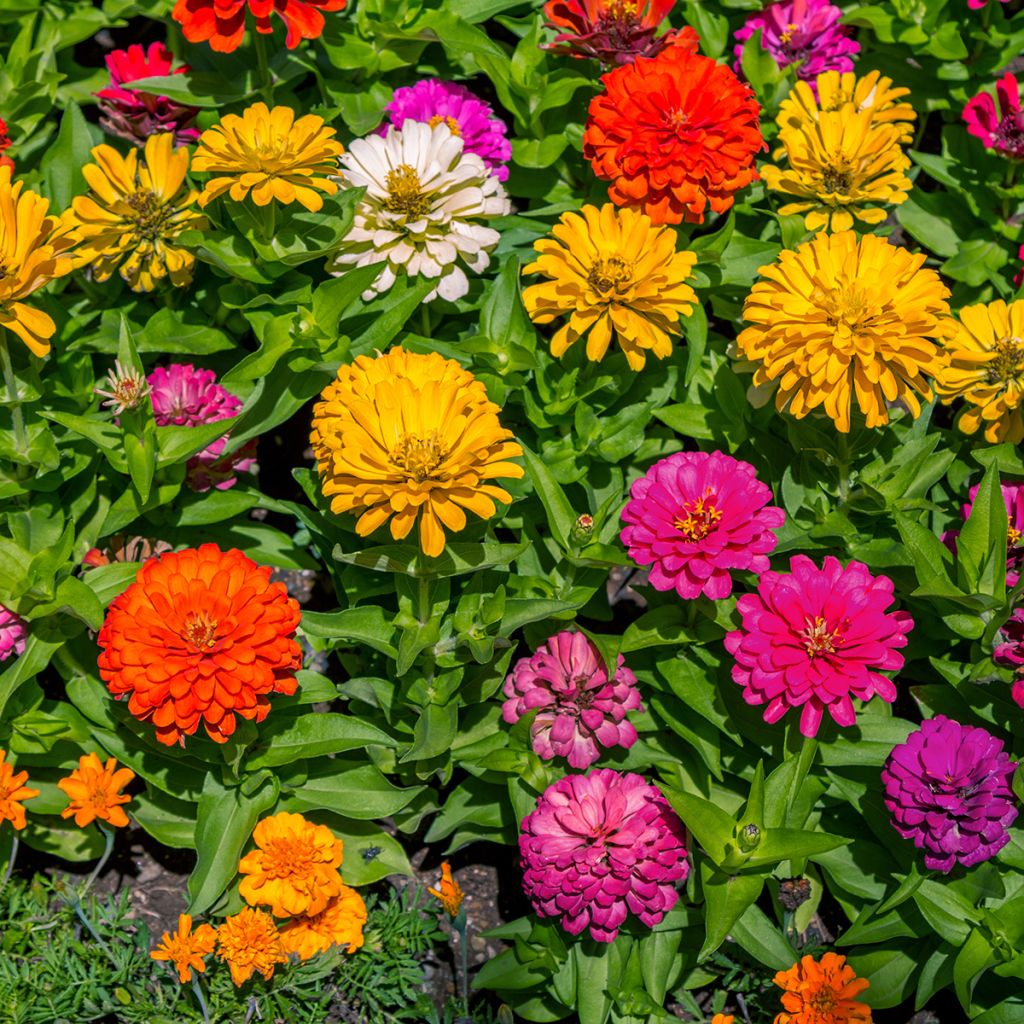

Graines de Zinnia du Maryland Zahara F1 Double Mix
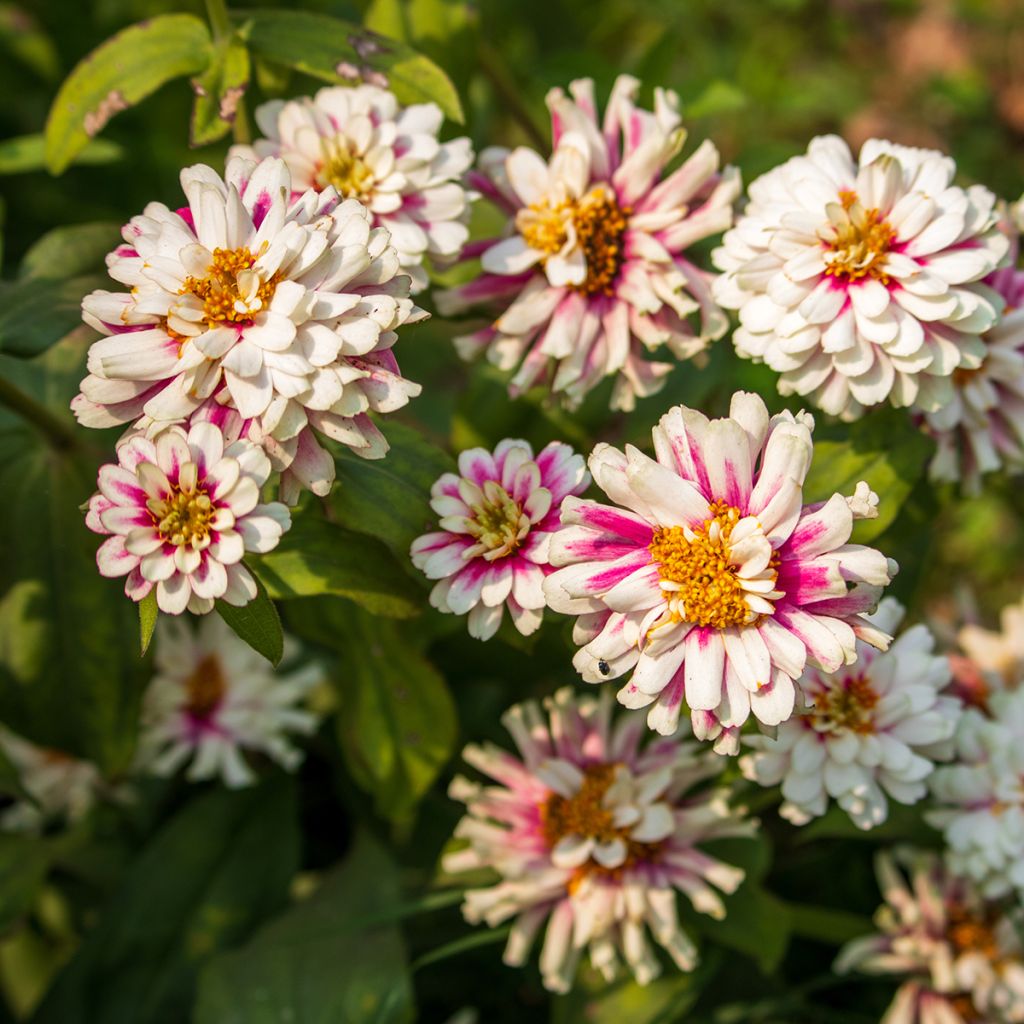

Graines de Zinnia du Maryland Zahara F1 Double Mix
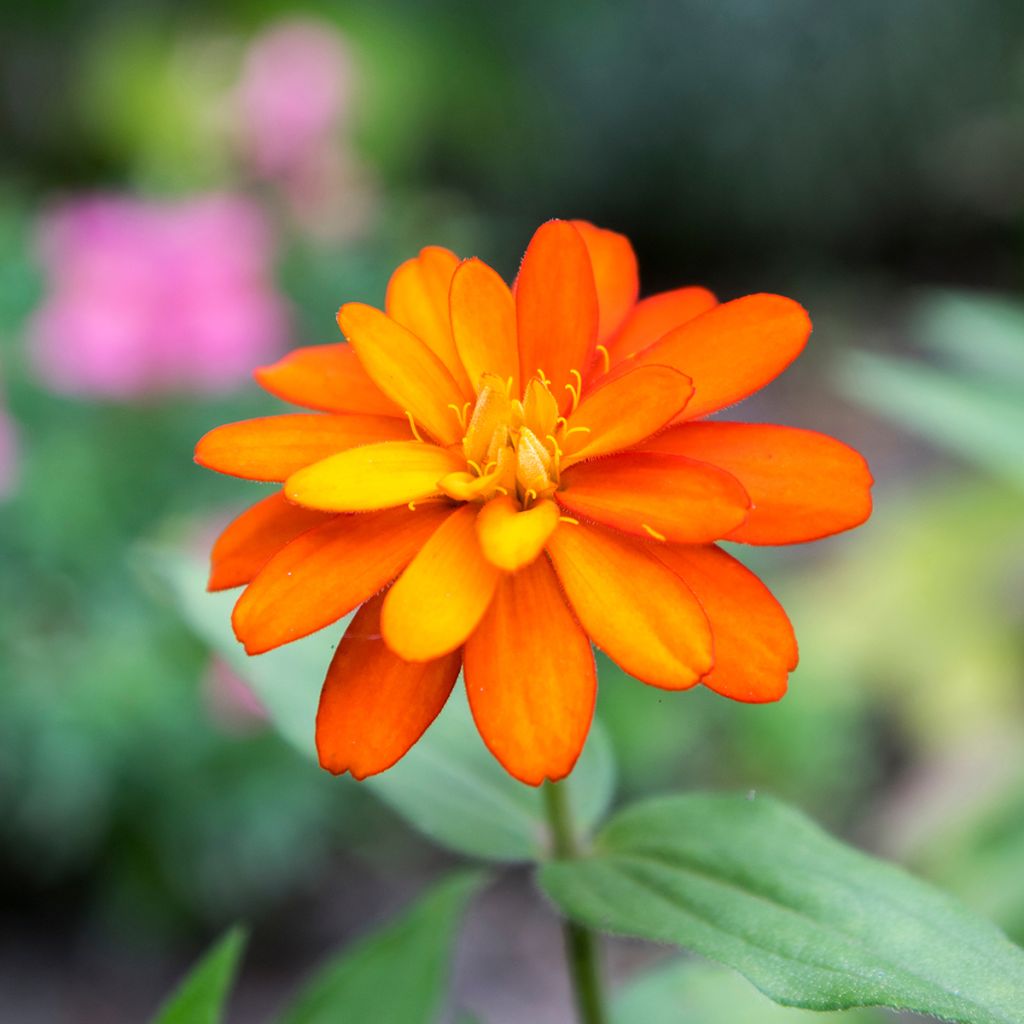

Graines de Zinnia du Maryland Zahara F1 Double Mix
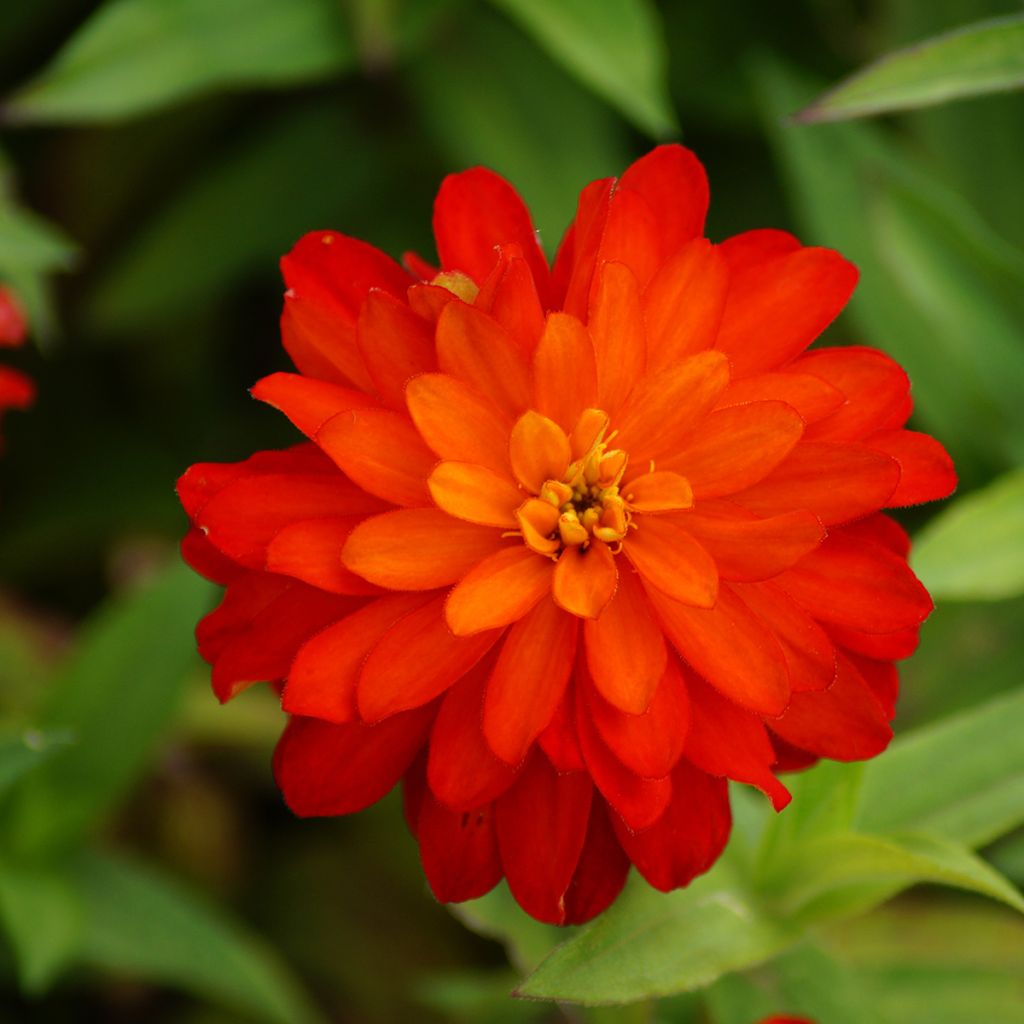

Graines de Zinnia du Maryland Zahara F1 Double Mix
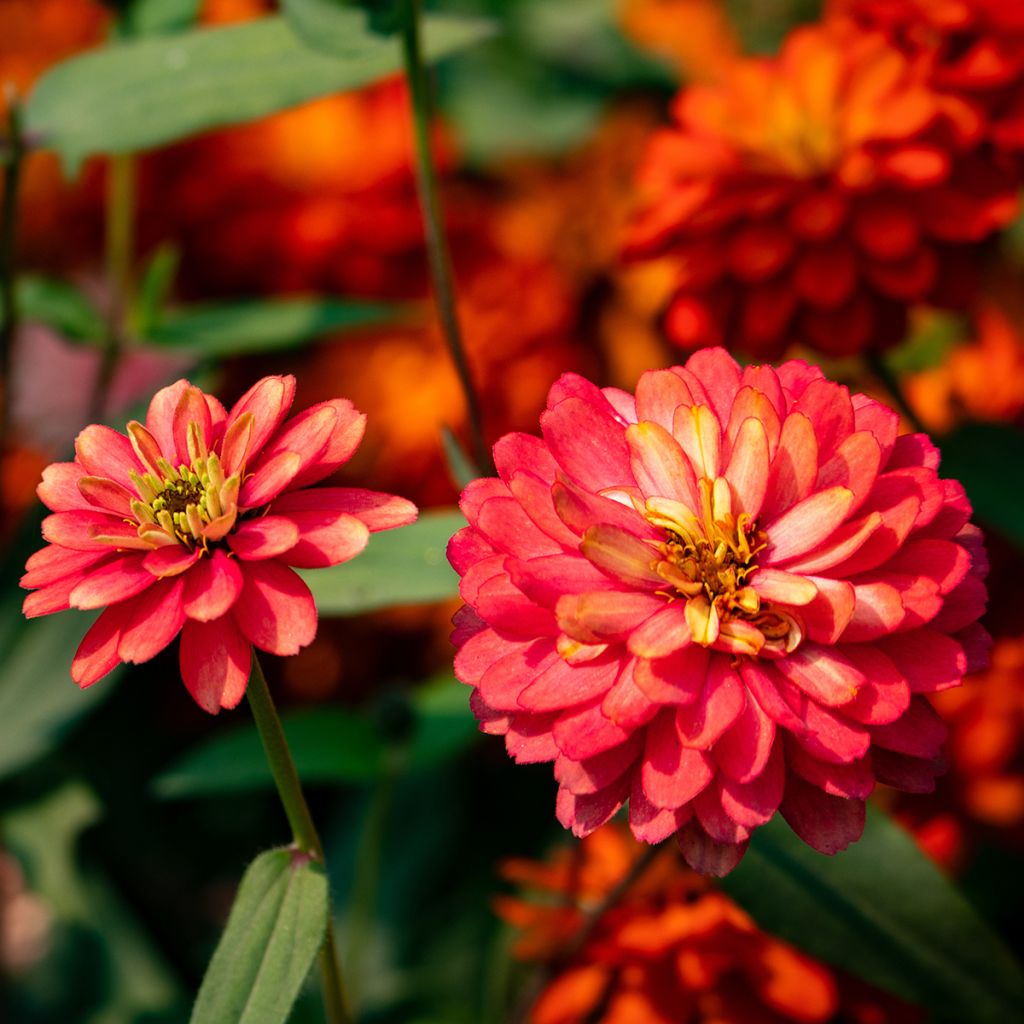

Graines de Zinnia du Maryland Zahara F1 Double Mix
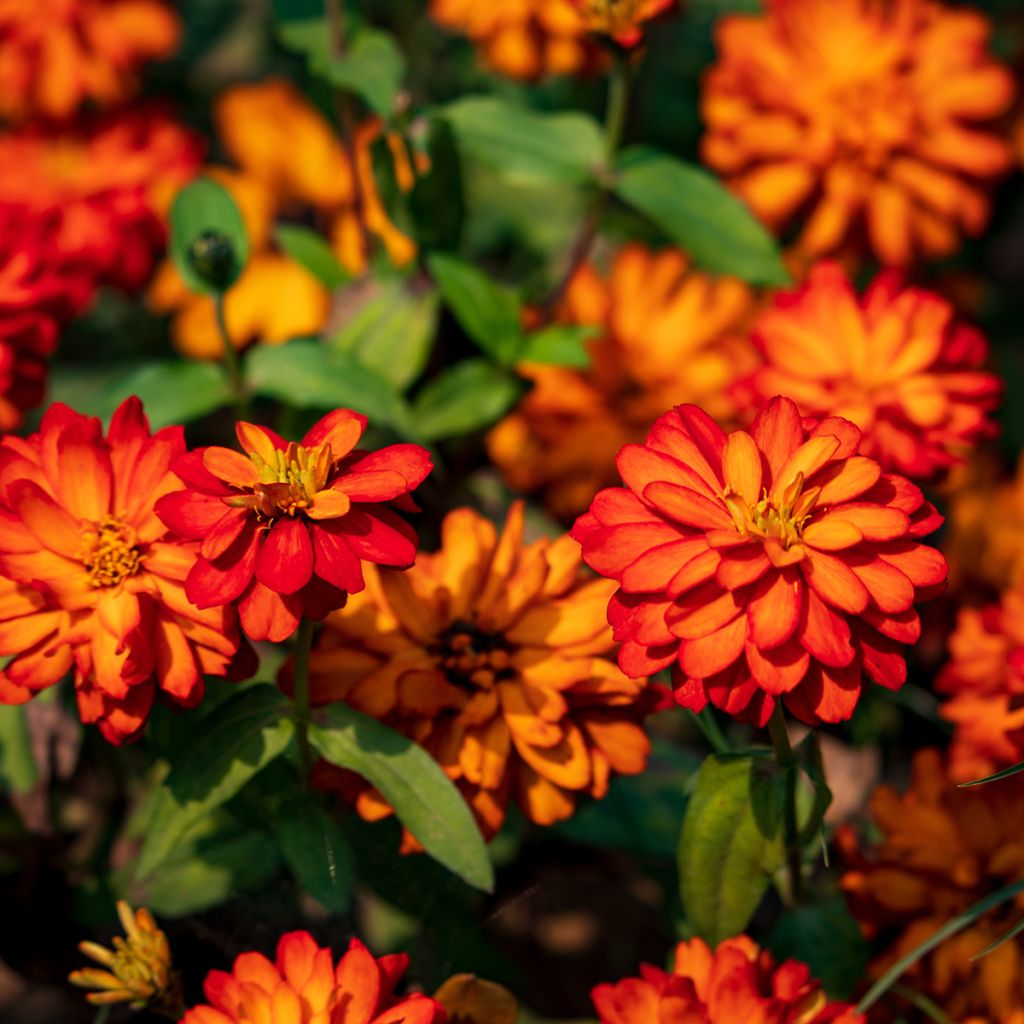

Graines de Zinnia du Maryland Zahara F1 Double Mix
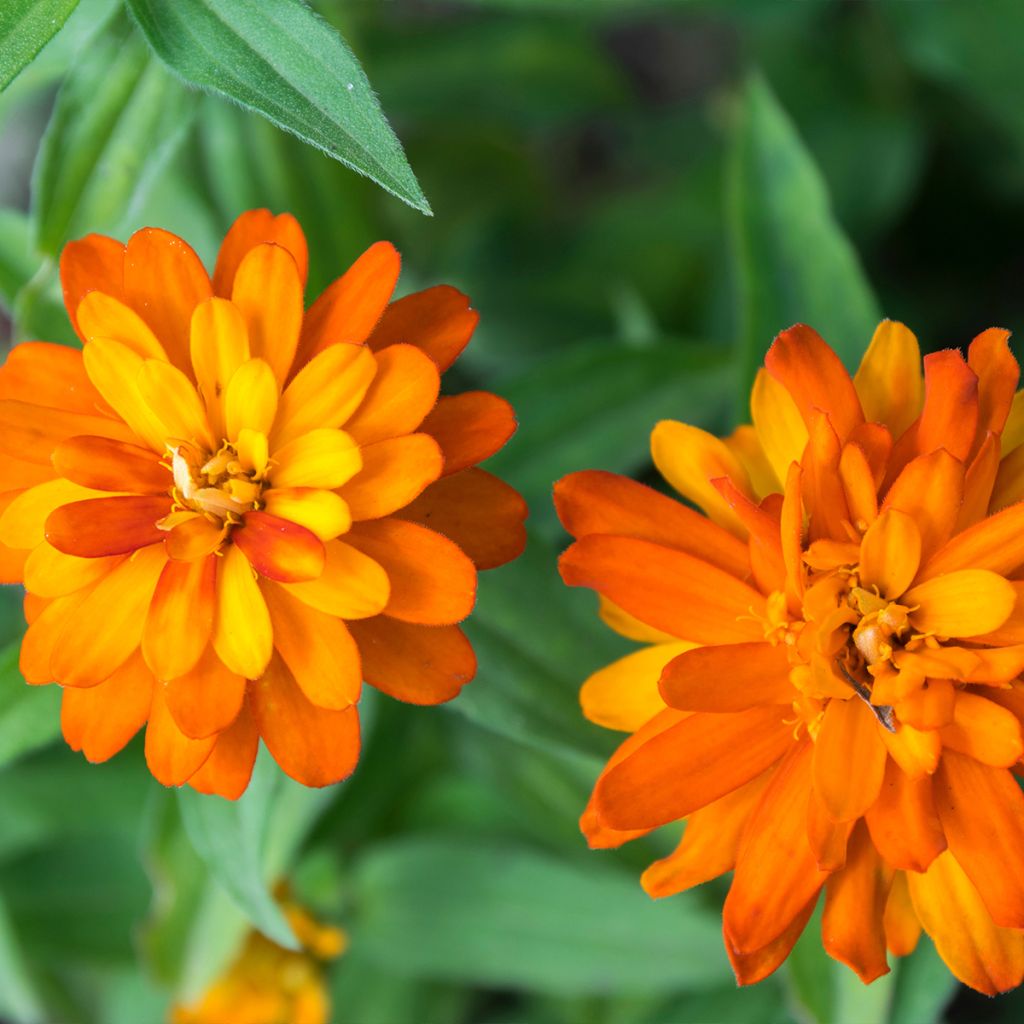

Graines de Zinnia du Maryland Zahara F1 Double Mix
Zinnia marylandica Zahara F1 Double Mix
Zinnia marylandica Zahara F1 Double Mix
Zinnia
This item cannot be shipped to the selected country
Dispatch by letter from €3.90
More information
Schedule delivery date,
and select date in basket
This plant carries a 6 months recovery warranty
More information
We guarantee the quality of our plants for a full growing cycle, and will replace at our expense any plant that fails to recover under normal climatic and planting conditions.
Seed-only orders are dispatched by sealed envelope. The delivery charge for seed-only orders is €3.90.
Does this plant fit my garden?
Set up your Plantfit profile →
Description
The Zinnia marylandica 'Zahara F1 Double Mixed' is one of the most floriferous high-performance hybrids. From July until the first frost, its large double flowers, 5 cm (2in) in diameter, offer a wide range of vibrant colours, giving your garden a festive atmosphere. It reaches a height of 45 cm (18in), with a width of 45 cm (18in). The flowers exude a scent reminiscent of beeswax and are beautiful in fresh or dried bouquets. Resistant to diseases and tolerant of extreme weather conditions, this type of annual plant is easy to grow and requires little care, but it thrives best in well-drained soil and sunlight. It is perfect for borders and container gardens. An attractive and low-maintenance plant!
Zinnia is an annual herbaceous plant native to the scrublands and desert meadows of southern United States and Mexico. It is a flower of the Asteraceae family, closely related to daisies and cosmos. Zinnias are synonymous with friendship and romantic love in the language of flowers. In Victorian times, red and magenta zinnias were very popular for expressing romantic and amorous feelings. They also represent celebration and gathering among friends. Their Latin name, Zinnia, comes from Dr. Johann Gottfried Zinn, a European scholar who described one of the species in the genus in the 1600s. The common zinnia only became popular a century later.
Zinnia marylandica, also known as the Maryland Zinnia, is a hybrid obtained at the University of Maryland in the early 80s. It produces several varieties resulting from cross-breeding between Zinnia elegans and another disease-resistant species. They thrive in full sun but can tolerate light shade. They require rich and well-drained soil. Drought-tolerant and disease-resistant, they are characterised by deciduous foliage and lanceolate, opposite, petiolate, pale green leaves. From June to autumn, they produce flowers of various colours depending on the cultivar, either single or double, and either solid or bicoloured. They are used in flower beds, borders, pots, or for bouquets. They are easy to grow and require little maintenance. Simply deadhead the faded flowers to maintain their beauty and prolong flowering. They are nectariferous plants that will delight bees and butterflies.
In 2009, the 'Zahara F1 Double' series was introduced for the first time. It offers a vigorous and disease-resistant plant while perfectly tolerating heat and drought. Moreover, it has vibrant and unique colours. It stands out for its robustness and its ability to adapt to climatic conditions. This dwarf variety grows rather quickly, forming a bushy and compact clump, reaching a height of no more than 40 to 50 cm (16 to 20in). The stiff stems are angular or round, and the medium to pale green foliage is rough and slightly fuzzy. The opposite leaves have a linear, ovate, or elliptical shape and measure 4 to 6 cm (2in). Flowering occurs as early as July and continues until the first frost. The solitary heads are composed of several rows of ligulate petals surrounding a central disc and more or less visible pistils. Its palette of colours brings a unique touch to your garden.
Maryland Zinnias are easy-to-grow and versatile annual plants. It tolerates heat well and requires little maintenance. It thrives in well-drained and sunny soils. To promote its long flowering period, it is recommended to remove faded flowers. When mixed, these different varieties of dwarf Zinnias are highly appreciated for their ability to adapt to sunny and challenging areas. They are ideal for dressing up borders and rock gardens. They can be combined with Gauras, Cosmos, Coreopsis, Damask Nigellas, or grasses such as Stipa tenuifolia or Eragrostis trichoides, for a contemporary look. They can be planted as borders, in flower beds, in the vegetable garden, or in pots on the terrace, and can be used to decorate bouquets. They are very low-maintenance and will enhance your outdoor space during the summer.
Gardener's tip: Beware of powdery mildew, which stains the foliage and hinders the plant's development. It can be avoided by spacing out the zinnias and allowing air to circulate between the plants, and by avoiding wetting the leaves through ground-level watering.
Report an error about the product description
Flowering
Foliage
Plant habit
Botanical data
Zinnia
marylandica
Zahara F1 Double Mix
Asteraceae
Zinnia
Cultivar or hybrid
Other Zinnia seeds
Planting and care
Sow the Zinnia Marylandica 'Zahara Double F1 Mixed' seeds directly from April to May in loosened and warmed soil. Do not bury the seeds too deeply (3 mm (<1in) is sufficient) and space them 30 cm (12in) apart. Keep the soil moist until germination, which usually takes between 7 and 14 days.
For early flowering, sow from March to April (indoors, at a temperature ranging from 15 to 25°C (59 to 77°F)) in a tray filled with good seed compost that you keep moist but not waterlogged. When the plants are large enough to handle, transplant them into pots. Acclimate your Zinnias gradually to cooler conditions for about two weeks before planting them in the garden, once the risk of frost has passed. Space the plants 30 cm (12in) apart.
Zinnias thrive in the sun and withstand high temperatures, provided they are watered a little. They do best in neutral, rich, and well-drained soil. Although they will still tolerate a garden soil that is just average. They may occasionally be susceptible to powdery mildew, a nuisance that can be easily avoided by not planting them in a confined area and being careful not to wet their foliage. Be cautious during planting as slugs are fond of their young tender leaves.
Sowing period
Intended location
This item has not been reviewed yet - be the first to leave a review about it.
Flower seeds
Haven't found what you were looking for?
Hardiness is the lowest winter temperature a plant can endure without suffering serious damage or even dying. However, hardiness is affected by location (a sheltered area, such as a patio), protection (winter cover) and soil type (hardiness is improved by well-drained soil).

Photo Sharing Terms & Conditions
In order to encourage gardeners to interact and share their experiences, Promesse de fleurs offers various media enabling content to be uploaded onto its Site - in particular via the ‘Photo sharing’ module.
The User agrees to refrain from:
- Posting any content that is illegal, prejudicial, insulting, racist, inciteful to hatred, revisionist, contrary to public decency, that infringes on privacy or on the privacy rights of third parties, in particular the publicity rights of persons and goods, intellectual property rights, or the right to privacy.
- Submitting content on behalf of a third party;
- Impersonate the identity of a third party and/or publish any personal information about a third party;
In general, the User undertakes to refrain from any unethical behaviour.
All Content (in particular text, comments, files, images, photos, videos, creative works, etc.), which may be subject to property or intellectual property rights, image or other private rights, shall remain the property of the User, subject to the limited rights granted by the terms of the licence granted by Promesse de fleurs as stated below. Users are at liberty to publish or not to publish such Content on the Site, notably via the ‘Photo Sharing’ facility, and accept that this Content shall be made public and freely accessible, notably on the Internet.
Users further acknowledge, undertake to have ,and guarantee that they hold all necessary rights and permissions to publish such material on the Site, in particular with regard to the legislation in force pertaining to any privacy, property, intellectual property, image, or contractual rights, or rights of any other nature. By publishing such Content on the Site, Users acknowledge accepting full liability as publishers of the Content within the meaning of the law, and grant Promesse de fleurs, free of charge, an inclusive, worldwide licence for the said Content for the entire duration of its publication, including all reproduction, representation, up/downloading, displaying, performing, transmission, and storage rights.
Users also grant permission for their name to be linked to the Content and accept that this link may not always be made available.
By engaging in posting material, Users consent to their Content becoming automatically accessible on the Internet, in particular on other sites and/or blogs and/or web pages of the Promesse de fleurs site, including in particular social pages and the Promesse de fleurs catalogue.
Users may secure the removal of entrusted content free of charge by issuing a simple request via our contact form.
The flowering period indicated on our website applies to countries and regions located in USDA zone 8 (France, the United Kingdom, Ireland, the Netherlands, etc.)
It will vary according to where you live:
- In zones 9 to 10 (Italy, Spain, Greece, etc.), flowering will occur about 2 to 4 weeks earlier.
- In zones 6 to 7 (Germany, Poland, Slovenia, and lower mountainous regions), flowering will be delayed by 2 to 3 weeks.
- In zone 5 (Central Europe, Scandinavia), blooming will be delayed by 3 to 5 weeks.
In temperate climates, pruning of spring-flowering shrubs (forsythia, spireas, etc.) should be done just after flowering.
Pruning of summer-flowering shrubs (Indian Lilac, Perovskia, etc.) can be done in winter or spring.
In cold regions as well as with frost-sensitive plants, avoid pruning too early when severe frosts may still occur.
The planting period indicated on our website applies to countries and regions located in USDA zone 8 (France, United Kingdom, Ireland, Netherlands).
It will vary according to where you live:
- In Mediterranean zones (Marseille, Madrid, Milan, etc.), autumn and winter are the best planting periods.
- In continental zones (Strasbourg, Munich, Vienna, etc.), delay planting by 2 to 3 weeks in spring and bring it forward by 2 to 4 weeks in autumn.
- In mountainous regions (the Alps, Pyrenees, Carpathians, etc.), it is best to plant in late spring (May-June) or late summer (August-September).
The harvesting period indicated on our website applies to countries and regions in USDA zone 8 (France, England, Ireland, the Netherlands).
In colder areas (Scandinavia, Poland, Austria...) fruit and vegetable harvests are likely to be delayed by 3-4 weeks.
In warmer areas (Italy, Spain, Greece, etc.), harvesting will probably take place earlier, depending on weather conditions.
The sowing periods indicated on our website apply to countries and regions within USDA Zone 8 (France, UK, Ireland, Netherlands).
In colder areas (Scandinavia, Poland, Austria...), delay any outdoor sowing by 3-4 weeks, or sow under glass.
In warmer climes (Italy, Spain, Greece, etc.), bring outdoor sowing forward by a few weeks.

































